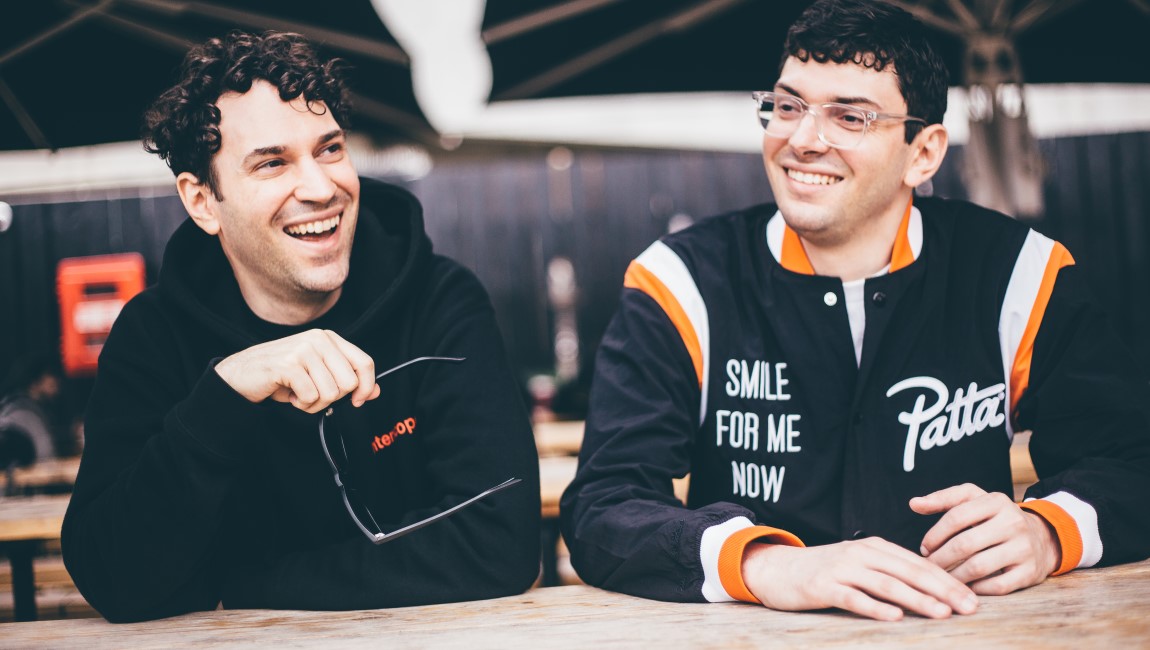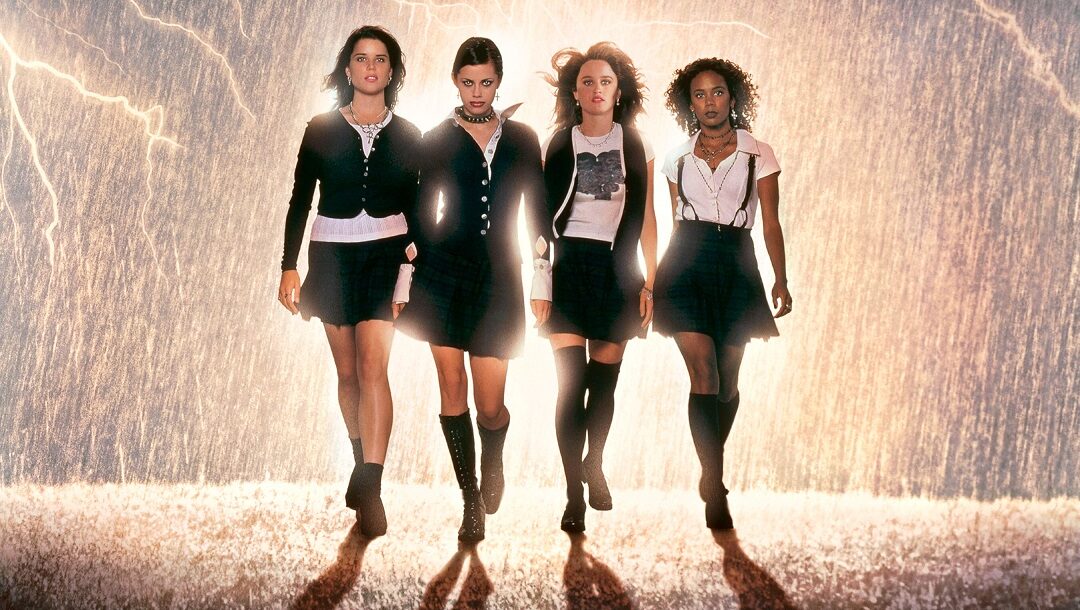Eras in music are often as much defined by the music itself as by the dominant methods of discovery of the day. Every generation has fond memories of how and when they discovered their favorite artists. Boomers still remember the moment the Beatles beamed into their living rooms, via The Ed Sullivan Show, captured the world’s attention, and inspired so many artists who followed in their pop-rock pioneering footsteps. MTV was powerful in shaping the sound and image of the 1980s, so much so that Gen X is often referred to as “The MTV Generation.” Technology is always rapidly developing, leaving artists not only with an ever-expanding arsenal of new tools with which to create, but new possibilities for promoting their work. Which is why if you ask any millennial about how they discovered the music formative for their development around 10 years ago, they’re going to give a much different answer than folks would give today.
Spanning roughly the late 2000s to the early 2010s, “The Blog Era” was a short but massively influential period of music discovery that fundamentally changed modern power structures in the industry — especially in the genre of hip-hop. These days, the Internet is almost taken for granted as the primary means to an artist’s success: Rappers can blow up overnight without a label, build a fanbase, define success for themselves without ever needing the endorsement or support of a record deal. The Blog Era made that possible — and it’s the subject of a new podcast series from brothers Eric and Jeff Rosenthal, better known as ItsTheReal, which was announced at this year’s SXSW festival in Austin, TX.
Before streaming took over, getting your hands on your favorite new music took a bit of work. In this environment, during the years of 2007-2012, a new hip-hop golden age was realized from the bottom up — thanks to a powerful handful of blogs and the Internet-savvy artists who leveraged them for success. NahRight, 2DopeBoyz, The Smoking Section, Pigeons & Planes, and Hot New Hip Hop (to name just a few) were some of the major rap blogs of this era, created and run by hip-hop heads, for hip-hop heads; they circumvented traditional structures for discovery and ushered in a new media landscape in the process.
It’s hard to overstate the role of gatekeepers in music discovery. The Blog Era is defined by a transfer of power from the likes of big wigs at MTV, BET, Vibe, and The Source to grassroots, fan-operated blogs. Before the Blog Era, getting major press was mainly dependent on a label deal or industry connections. That all changed in no small part thanks to bloggers like Eskay Rawlins, who started the hip hop blog NahRight as a passion project until he was able to quit his nine-to-five and run the site full time; for him, it wasn’t about business or politics, but about sharing the music he loved. To his readers, it was the equivalent of browsing the stacks at a local record store.
It’s also hard to overstate the importance of authenticity when it comes to hip hop. Just look at Drake (one of the era’s big breakouts), who caught a lot of heat in 2015 after being exposed for using ghostwriters on his songs. While we might not expect our rappers to live the exact lives they rap about anymore, music fans desire a “personal connection” with their idols more than ever before. Part of what made the Blog Era so special was a feeling that the gatekeeper could be one of us — a fan with a little too much time on their hands, simply sharing songs that they fucked with. This allowed for an ecosystem to form naturally, as up-and-coming artists like Curren$y and Big Sean could go from little-known names to blog-bred superstars, all thanks to a rap nerd wielding a keyboard. Writers took pride in building those careers, and rappers in turn felt a sense of pride in, and respect for, the publications that championed them. But like the Blog Era itself, that age of gatekeeper authenticity was short-lived. Today, most of the outlets from the list above are gone, lost to the haunted halls of the Internet Archive. Our modern gatekeepers? RapCaviar, Most Necessary, and all the other editorialized and curated playlists dotting the UI of DSPs like Spotify, Apple Music, and Tidal. The algorithms decide what we hear based on streaming numbers, back-room deals, and 1s and 0s.
The Blog Era was also instrumental in helping to break down and articulate regionalism in hip-hop. In the ‘90s, hip-hop’s “Golden Age” was largely defined by an East Coast vs. West Coast rivalry — each with its own sound, from the gritty, dusty beats of New York to the melodic, shimmering G-Funk of LA. In the mid-’90s, OutKast and Goodie Mob put Atlanta on the map with their dirty south sound, while groups like Three 6 Mafia and UGK brought prominence to the Memphis and Houston scenes respectively. The Blog Era allowed for artists from practically anywhere to blow up, and perhaps put their cities on the map in the process. Lil Wayne and Curren$y put respect on the New Orleans rap game. In Pittsburgh, you had Wiz Khalifa and Mac Miller. In Toronto, you had Drake. While some of these rappers attempted to establish a local sound for their cities (Drake’s dark, icy, ambient R&B-and-hip hop hybrid), others threw regionalism out the window entirely (New York’s A$AP Rocky achieved stardom with a mixtape deeply indebted to Houston’s chopped and screwed legacy). Then there’s someone like J. Cole — his 2010 Friday Night Lights mixtape is often considered one of the era’s best — who grew up in North Carolina, moved to New York, and sounded like Chicago Kanye. Cole leveraged his Internet success to ink a Roc Nation deal and appear on Jay Z’s Blueprint III before even putting out his debut album.
In 2023, we live in an era of endless cross-pollination. As the Internet continues to take over modern life, it’s allowed for rap microgenres and niche fandoms to blossom and achieve mainstream success like never before. Gone are the days of the monoculture. We can describe what rap sounded like in the ‘80s, with its prominent disco and funk influence and narrative storytelling. We can describe what it sounded like to be in ‘90s New York or LA or Atlanta. We can describe the pop-rap crossover of the early 2000s that dominated the charts, as well as the conscious backpackers bubbling just beneath that surface. But it’s impossible to describe how the Blog Era sounded because it didn’t sound like any broadly identifiable thing — which is precisely what made it so exciting. It was a choose-your-own-adventure that set the genre on fire and burned down the music industry as we knew it. As the Streaming Era rose from its ashes, one thing became certain: this new era won’t be defined by its sound either. Only this time, there aren’t really gatekeepers of culture looking out for us. This time, we’re on our own.
ItsTheReal’s The Blog Era podcast premieres on streaming platforms on April 18.
Published as part of InRO Weekly — Volume 1, Issue 15.







